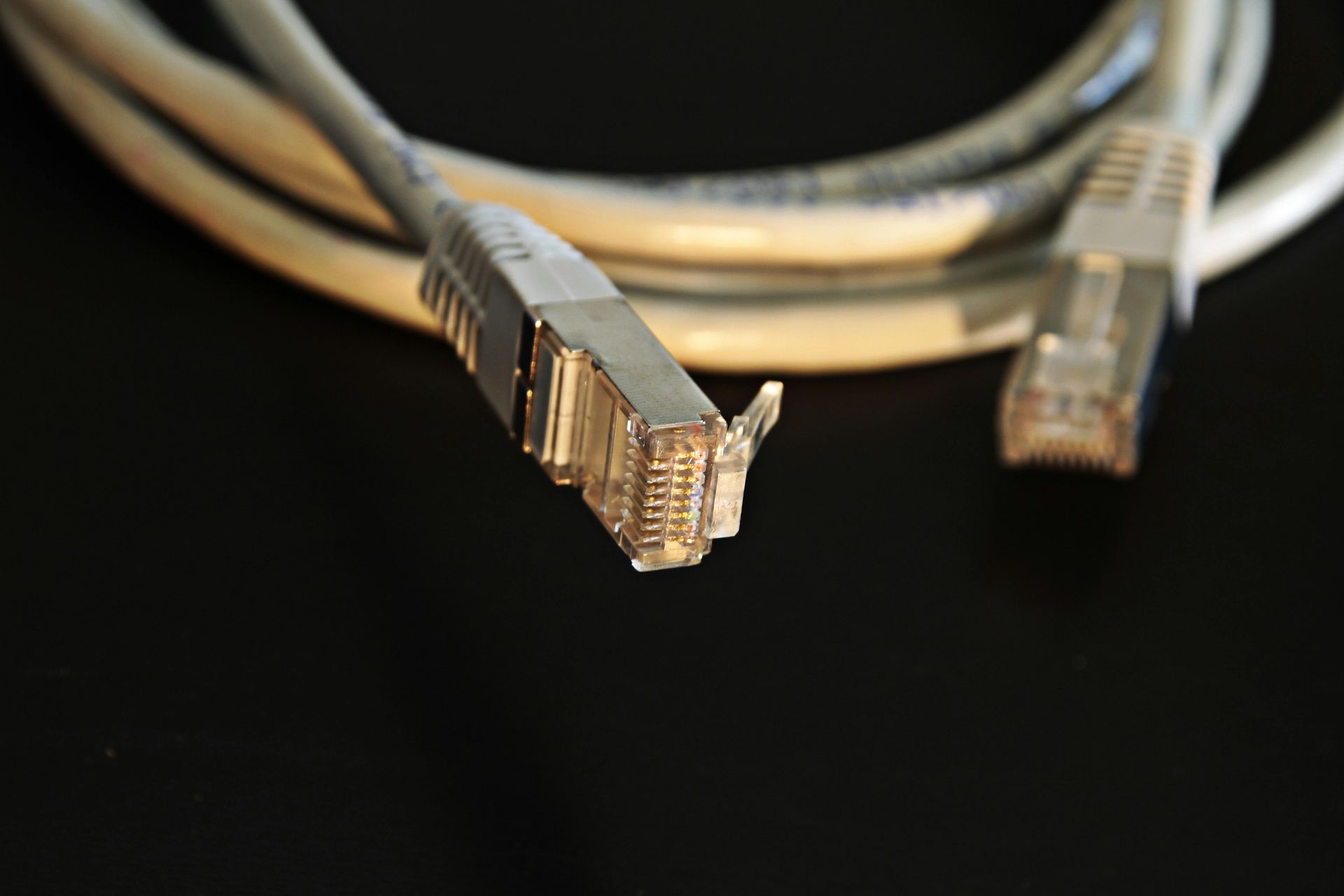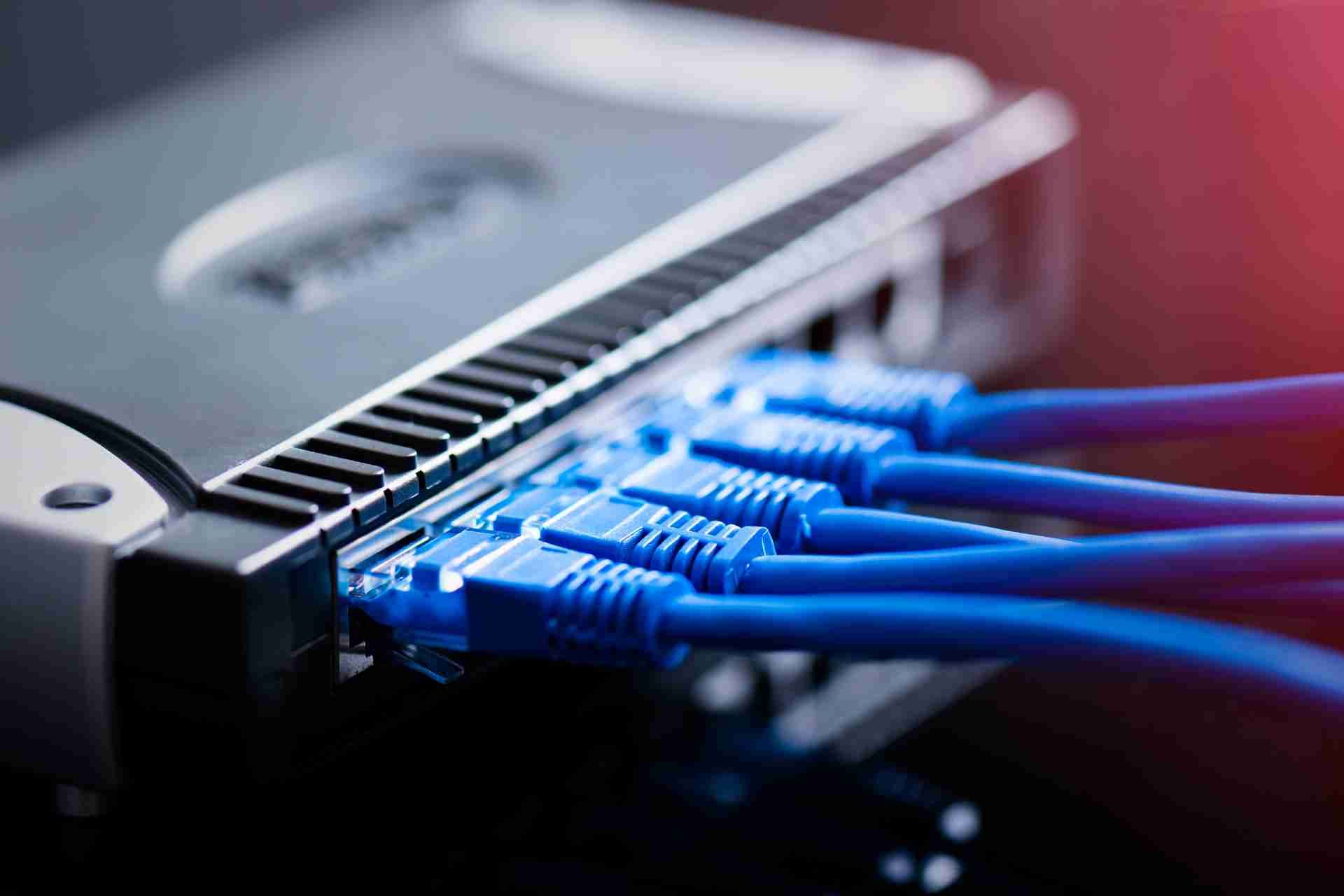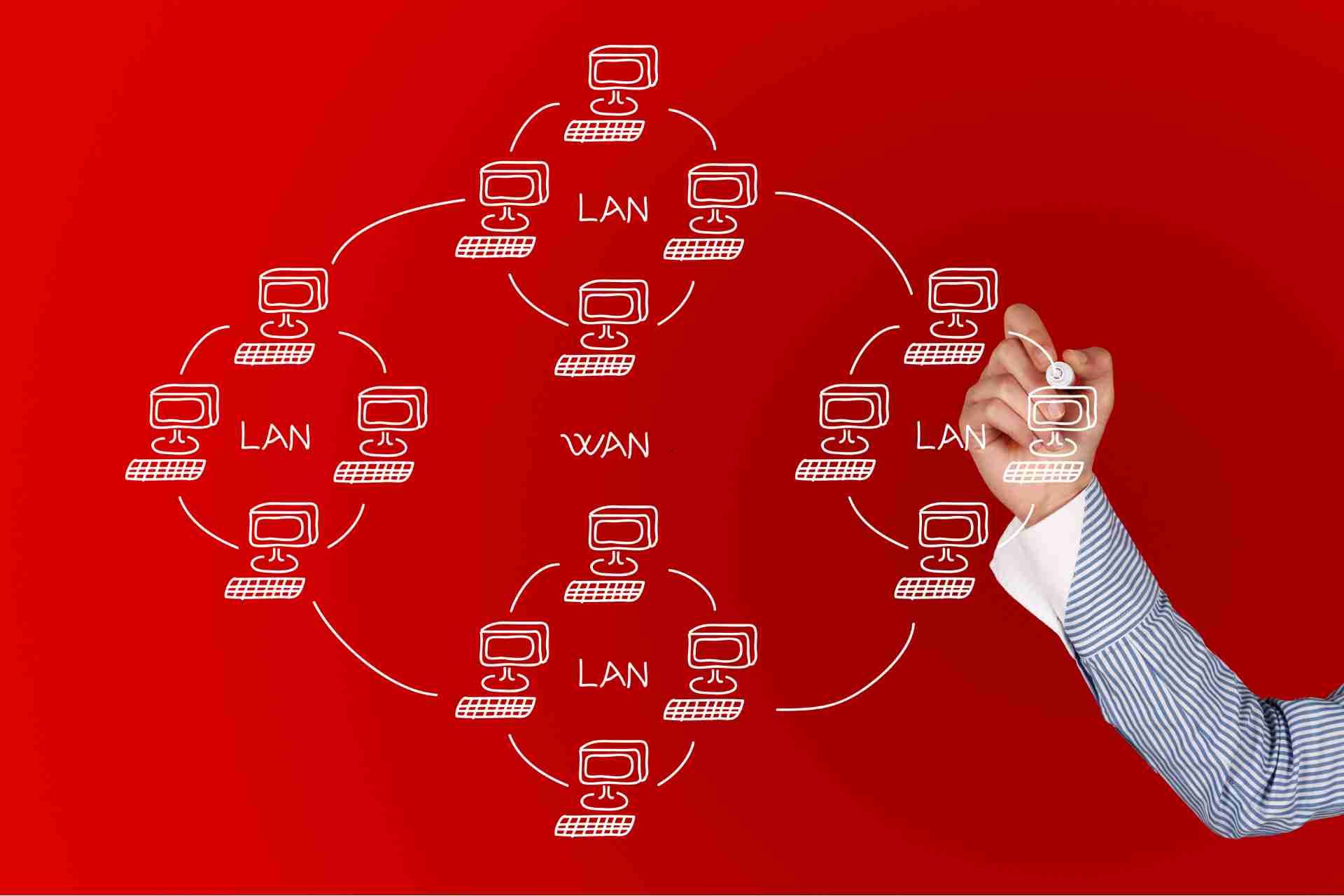How computer network switches work

When you consider how computer network switches operate, it's essential to understand their role in a local area network. They connect devices and ensure efficient communication by using unique MAC addresses. This process not only minimizes traffic but also enhances performance. However, the intricacies of data packet forwarding and the types of switches available can reveal even more about their functionality. What else might you discover about their impact on network efficiency?
Understanding the Basics of Network Switches
Network switches are the backbone of modern computer networks, facilitating seamless communication between devices. They connect multiple devices within a local area network (LAN), allowing them to share resources and communicate effectively.
When a device sends data, the switch receives it and determines the destination address. It then forwards the data only to the intended recipient, minimizing network traffic. This intelligent data handling enhances the overall efficiency of your network.
Switches can operate at different layers of the OSI model, primarily Layer 2 (Data Link) and Layer 3 (Network), depending on their capabilities.
Understanding the basics of network switches helps you optimize your network performance and choose the right equipment for your needs.
The Role of MAC Addresses in Data Transmission
Every device on a local area network has a unique identifier known as a Media Access Control (MAC) address, which plays a vital role in data transmission.
When you send data across the network, your device uses this address to ensure the information reaches the correct destination. The MAC address acts like a home address for your device, allowing network switches to identify and communicate with it effectively.
As data packets travel through the network, switches read the MAC addresses to determine where to forward them. This process minimizes data collisions and enhances overall network efficiency.
How Switches Forward Data Packets
Switches efficiently forward data packets by examining the MAC addresses contained within each packet. When a packet arrives, the switch checks its MAC address and compares it to its MAC address table, which lists the addresses of connected devices.
If the destination address is found, the switch sends the packet only to that specific port, reducing unnecessary traffic on the network. If the address isn't in the table, the switch broadcasts the packet to all ports, hoping to locate the device.
Once the device responds, the switch updates its MAC address table for future reference. This process ensures data packets reach their intended destinations quickly and efficiently, optimizing overall network performance.
Types of Network Switches and Their Functions
Understanding how switches forward data packets sets the stage for exploring the different types of switches available.
You'll find three primary types: unmanaged, managed, and smart switches. Unmanaged switches are plug-and-play, perfect for simple networks where you need quick connectivity without configuration.
Managed switches offer advanced features like VLAN support and traffic management, giving you greater control over your network.
Smart switches bridge the gap, providing some management capabilities without the complexity of fully managed options.
Each type serves distinct functions based on your networking needs, whether you're setting up a small office or a larger enterprise network.
Choosing the right switch can enhance performance and ensure efficient data flow across your devices.
VLANS: Enhancing Network Efficiency With Switches
When you implement VLANs (Virtual Local Area Networks), you can significantly enhance network efficiency by segmenting traffic and reducing congestion. VLANs allow you to group devices logically, regardless of their physical location, making it easier to manage network resources.
By isolating broadcast domains, you limit unnecessary traffic, which boosts overall performance.
With VLANs, you can prioritize critical applications and improve security by restricting access to sensitive data. This flexibility helps you adapt to changing business needs without overhauling your entire network infrastructure.
Additionally, VLANs simplify network management, enabling you to quickly configure and deploy changes. Overall, leveraging VLANs with your switches can lead to a more organized, efficient, and secure network environment.
Troubleshooting Common Switch Issues
Network efficiency can only be maximized if your switches function properly. If you're facing connectivity issues, start by checking your cables. Ensure they're securely connected and not damaged.
Next, verify the switch's power supply; a faulty power source can cause sudden drops. If the switch is unresponsive, try rebooting it to refresh settings.
You should also examine switch configurations. Incorrect VLAN settings can lead to segmentation issues. Use network management tools to monitor traffic and identify bottlenecks.
If you notice unusual spikes, consider isolating devices to identify the culprit. Lastly, keep firmware updated to protect against bugs and vulnerabilities.
Future Trends in Network Switching Technology
As technology evolves, you'll see significant advancements in network switching that promise to enhance performance and efficiency.
One key trend is the rise of software-defined networking (SDN), allowing you to manage network resources dynamically and improve flexibility.
You'll also notice increased adoption of 5G technology, which demands faster switching to support higher data rates.
Energy-efficient switches are becoming crucial too, as businesses strive to reduce their carbon footprint.
Moreover, AI and machine learning are being integrated into switching for smarter traffic management and predictive analytics.
These innovations not only streamline operations but also enhance security by detecting anomalies in real-time.
Staying updated on these trends will keep you ahead in the fast-paced world of networking.
Conclusion
In conclusion, understanding how network switches work is essential for optimizing your local area network. By leveraging MAC addresses and efficient data packet forwarding, switches enhance communication and reduce congestion. Whether you're managing a small home network or a large enterprise setup, recognizing the different types of switches and their functions can help you make informed decisions. As technology evolves, staying updated on trends in network switching will ensure your network remains efficient and effective.












